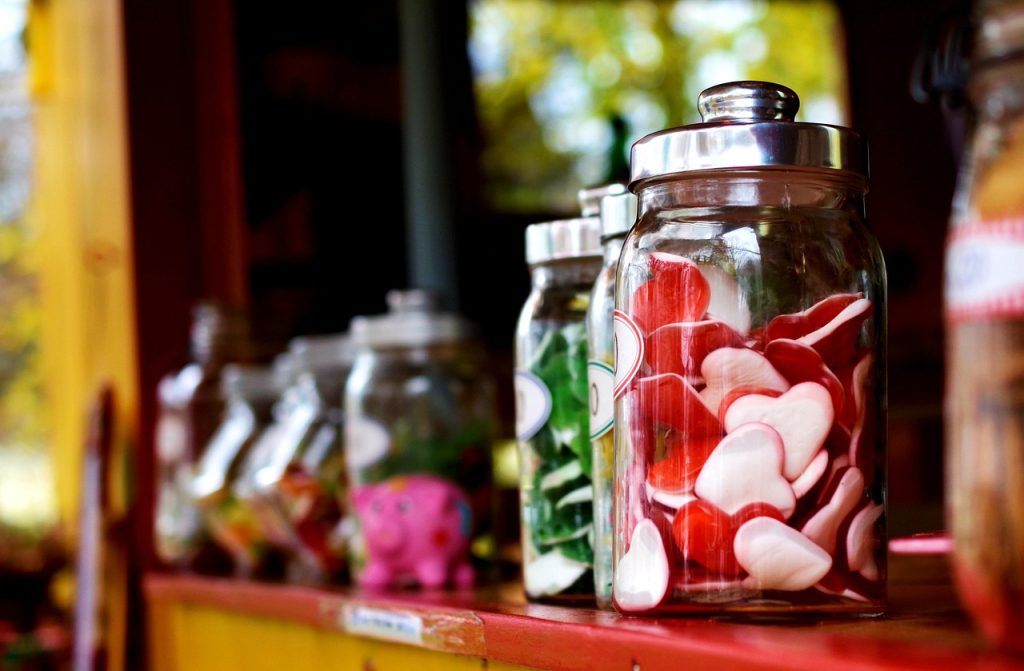Hidden sugars are added sugars that are not readily apparent in foods. And unfortunately, they exist in far too many household staples. Recognizing and avoiding these hidden sugars is crucial for maintaining a healthy diet and preventing chronic diseases. This guide will help you learn all about common sources of hidden sugars and strategies to avoid them.
1. Breakfast Foods
Many breakfast items, such as cereals, granolas, and flavored oatmeal packets, are filled with added sugars to enhance flavor. Even products labeled as “whole grain” or “low-fat” can contain significant amounts of sugar.
How to Avoid:
- Choose Plain Options: Opt for plain, unsweetened cereals or oatmeal.
- Read Labels: Check the nutrition facts and ingredient lists for sugar content.
- Limit Granola: Granola can be high in sugar; try to consume it in moderation or select low-sugar varieties.
2. Yogurt
While yogurt is a good source of probiotics and protein, flavored varieties can contain high amounts of added sugars. A 6-ounce container of fruit-flavored yogurt can have 15-20 grams of sugar, exceeding half the daily recommended limit for women.
How to Avoid:
- Opt for Plain Yogurt: Choose plain Greek yogurt and add fresh fruit for natural sweetness.
- Check Labels: Look for yogurts with low or no added sugars.
3. Condiments and Sauces
Condiments like ketchup, barbecue sauce, and salad dressings often contain hidden sugars. For example, one tablespoon of ketchup can have about 4 grams of sugar.
How to Avoid:
- Use Sparingly: Apply condiments in moderation.
- Choose Low-Sugar Versions: Select products labeled as “no added sugar” or make your own.
- Be Cautious with Sauces: Some pasta sauces contain up to 12 grams of sugar per half-cup serving.
4. Breads and Bakery Items
Commercial breads, especially white and some whole-grain varieties, can contain added sugars to improve taste and texture. A single slice may have 1-4 grams of sugar, which adds up with multiple slices.
How to Avoid:
- Check Ingredients: Look for breads with minimal ingredients and no added sugars.
Choose Whole Grain: Opt for whole-grain breads without sweeteners. - Limit Bakery Items: Be cautious with muffins, bagels, and pastries, which often contain high sugar levels.
5. Beverages
Sugary drinks like sodas, sweetened teas, and flavored coffees are obvious sources of hidden sugars. Even beverages labeled as “natural” can be high in sugar.
How to Avoid:
- Choose Water: Drink water as your primary beverage.
- Select Unsweetened Options: Opt for unsweetened teas and coffees.
- Limit Sugary Drinks: Avoid sodas and limit fruit juices.
6. Snacks
Items like granola bars, protein bars, and flavored nuts often contain added sugars. Some bars can have 20-25 grams of sugar, making them comparable to candy bars.
How to Avoid:
- Read Labels: Check for sugar content before purchasing.
- Choose Whole Foods: Snack on nuts, seeds, and fruits without added sugars.
- Limit Processed Snacks: Be cautious with pre-packaged snacks, which may contain hidden sugars.
7. Canned and Dried Fruits
Canned fruits packed in syrup and dried fruits often have added sugars. A 1.5-ounce box of raisins contains about 25 grams of sugar.
How to Avoid:
- Choose Fresh Fruit: Opt for fresh fruits without added sugars.
- Select No-Sugar-Added Options: If choosing canned fruits, select those packed in water or their own juice.
- Be Cautious with Dried Fruit: Consume dried fruits in moderation due to their high sugar concentration.
8. Plant-Based Dairy Alternatives
Some plant-based milks and yogurts contain more added sugars than dairy varieties, especially flavored varieties. For example, sweetened almond milk can have up to 10 grams of sugar per serving.
How to Avoid:
- Choose Unsweetened Versions: Opt for unsweetened almond, soy, or oat milk.
- Read Labels: Verify sugar content before purchasing.
9. Processed Meats
Cured meats like bacon, ham, and salami often contain added sugars used in the curing process. These sugars can include dextrose or corn syrup.
How to Avoid:
- Limit Consumption: Reduce intake of processed meats.
- Choose Fresh Cuts: Opt for fresh, unprocessed meats without added sugars.
Additional Strategies to Identify and Avoid Hidden Sugars
Even if you’re trying to eat clean, added sugars can sneak into your diet. Here’s how to catch them before they do:
- Learn Sugar Aliases: Sugar goes by many names—dextrose, maltose, cane juice, high fructose corn syrup, agave nectar, and more. Get familiar with these names on ingredient lists.
- Check the “Added Sugars” Line:S. nutrition labels now include a separate line for added sugars. This helps differentiate natural sugars (like in fruit) from added sweeteners.
- Use Apps or Tools: Apps like Yuka scan barcodes and tell you if an item has hidden sugars or poor nutritional quality.
- Watch Health Halos: Products labeled “natural,” “organic,” or “low-fat” aren’t automatically low in sugar. Often, sugar is added to make up for lost flavor in reduced-fat foods.
- Cook More at Home: Making meals from scratch allows you to control exactly what goes into your food. You can sweeten foods naturally with fruit or spices like cinnamon.
The Health Impact of Hidden Sugars
Even if you’re not eating dessert regularly, hidden sugars can still add up and negatively impact your health. According to the American Heart Association, the recommended maximum amount of added sugar per day is:
- Women: 25 grams (about 6 teaspoons)
- Men: 36 grams (about 9 teaspoons)
But many people exceed these amounts without realizing it. Over time, excessive sugar consumption contributes to:
- Weight gain and obesity
- Increased risk of type 2 diabetes
- Heart disease
- Fatty liver disease
- Tooth decay
- Energy crashes and mood swings
Being proactive about reducing hidden sugars supports your long-term health, energy levels, and emotional well-being.
Smart Swaps for Reducing Sugar
Here are practical ways to cut back on hidden sugars while still enjoying flavorful meals:
- Use Fresh or Frozen Fruit: Instead of syrups or sweet sauces, top yogurt, oatmeal, or pancakes with sliced bananas, berries, or unsweetened applesauce.
- Flavor with Spices: Add vanilla extract, cinnamon, or nutmeg to food instead of sugar for extra depth and warmth.
- Go DIY: Make salad dressings, pasta sauces, and granola bars at home to avoid store-bought varieties packed with sugar.
- Dilute Juices: Mix half fruit juice with half water or sparkling water to cut the sugar in half.
- Choose Unsweetened Versions: Whether it’s milk, tea, or peanut butter, always look for unsweetened varieties.
Final Thoughts: Read, Rethink, and Replace
Reducing your sugar intake doesn’t mean eliminating all sweet things from your life. It’s about awareness and intentionality. Once you understand where sugar is hiding, you can make informed choices that align with your health goals.
Start by reading labels carefully and rethinking your go-to packaged foods. Replace high-sugar staples with healthier alternatives one step at a time. The more you practice, the easier it becomes—and your body and mind will thank you.






